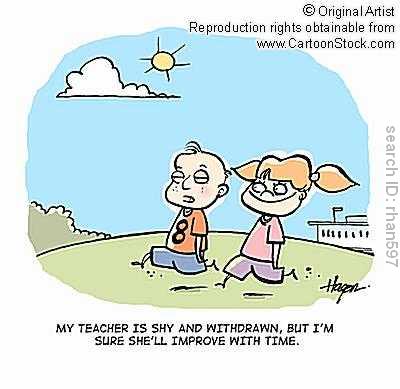 The Children’s Initiative recently conducted a study that revealed chronic attendance problems in San Diego County schools. Not only does poor attendance lead to problems like poor test scores, every absence affects the “average daily attendance†funds assigned to the schools. In the San Diego Unified School District in kindergarten through fifth-grade, this becomes a huge problem because just last year 16,614 students missed ten or more days. That translates to $6.6 million lost in attendance revenue.
The Children’s Initiative recently conducted a study that revealed chronic attendance problems in San Diego County schools. Not only does poor attendance lead to problems like poor test scores, every absence affects the “average daily attendance†funds assigned to the schools. In the San Diego Unified School District in kindergarten through fifth-grade, this becomes a huge problem because just last year 16,614 students missed ten or more days. That translates to $6.6 million lost in attendance revenue.
One teacher comments that these kids aren’t missing school because they’re vacationing in Europe but rather because they don’t have transportation, health care or stable homes. The schools are getting creative by competing with other classes for best attendance and winning pizza parties, pencils, wristbands and bikes. They are also reaching the parents through concerned, personalized letters, opposed to the usual government code violation warning, and informing them how much impact even an excused absence has on the future of the institution.
Article: School absenteeism has its costs
“Here,†“present,†“yo.â€
It’s how most schoolchildren start their day, responding to the morning roll call taken by teachers as they measure daily attendance.
Read full article at : www.signonsandiego.com











